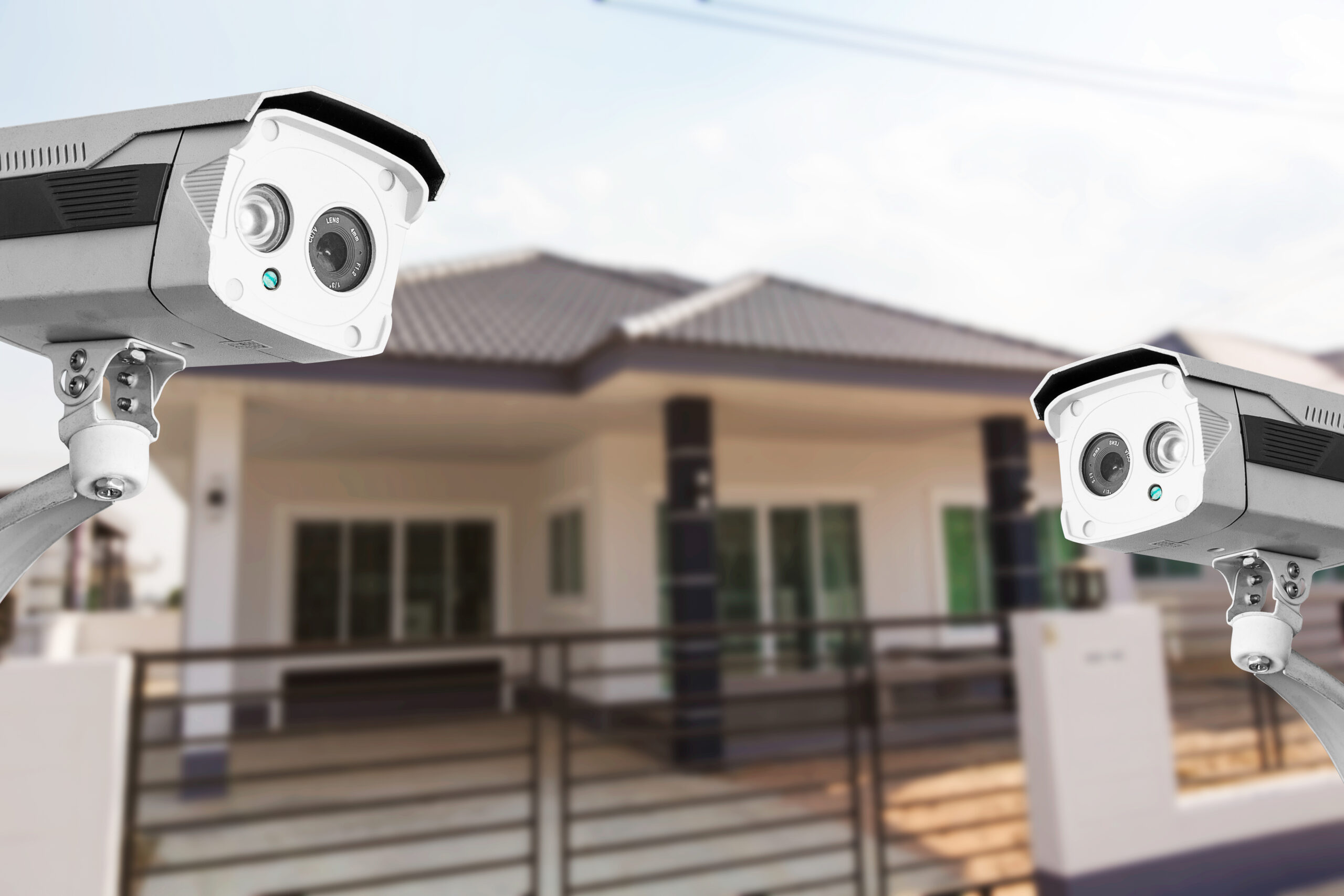Installation and use of CCTV Cameras for security & surveillance is a no-brainer. Cameras are considered a fundamental commodity for setting up any surveillance infrastructure, but at the same time, 24×7 monitoring of hundreds or thousands of video feeds by operators doesn’t serve the purpose of providing proactive surveillance and quick response to breaches.
Software-based Video Content Analytics (VCA) provides a certain level of reprieve by raising real-time alerts for a few standard breaches like left baggage, motion detection, etc., but the in-accuracy and false-positives far outweighed the potential benefits, to an extent that most of the operators disable these analytics to avoid the innumerable false alarms.
With the advent of Artificial Intelligence (AI) and Deep Neural Networks (DNN), VCA software is being trained to detect, identify, and distinguish various objects in video by exposing them to a large number of tagged examples. In addition to AI-based object classification, computer vision algorithms are also being used to extract data such as absolute speed and size, direction, colour, path, and area. This data can then be searched to concentrate the video analytics effort on relevant information.
In the last decade, with the availability of a significant amount of data and increased computational power, experts have been able to take the theoretical ideas of deep learning and put them to practical use, specifically in the domain of computer vision.
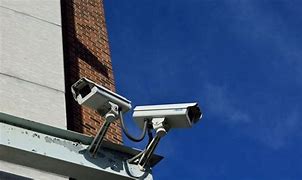
AI in Video Content Analytics:
The objective of VCA software is to analyse the video stream, one frame at a time, and create a structured database of information out of the unstructured video data. The VCA engine accepts the raw video stream and converts it to a comprehensible format. It then processes the same using computer vision & deep learning technology. As part of this processing, it performs the following critical tasks:
- Object Detection
- Object Segmentation
- Object Tracking
- Object Recognition
- Object Classification
In addition to the above operations, the various object attributes like timestamp, colour, size are also extracted and saved as part of the metadata. Deep learning classification & recognition algorithms are used here to ensure higher accuracy. This metadata is then processed to perform various kind of analytics.
Face Detection, Recognition and Alert:
Accurate face detection and recognition are very critical to law enforcement agencies. It helps in identifying people of interest and is also helpful in post-incident investigations. Broadly, some of the benefits of Facial Recognition application are:
- Automatic attendance
- Automatic recognition of authorized individuals or re-identification of unknown people
- Automatic alert for blacklisted/barred people or no-go zone breach
- Customizable MIS reports (alerts / movements / area-access / area-usage)

Precise face recognition rapidly pinpoints people of interest in real-time using digital images extracted from the video, external image sources and pre-defined watchlists.
Unique face features are extracted and coded into a feature vector that represents a specific face. This feature vector is stored in the database and is used to compare it to the watchlist when faces are searched for. With the advancement of AI-based deep learning algorithms, FR Systems can now be trained with DNN models with many sample faces. In addition, the advancement of GPU technology has ensured that facial recognition can be done at a large scale and in real-time.
Video surveillance Cameras:Should You Choose Analog or IP?
The need for security systems is only going to increase, and the number of surveillance technologies will multiply, so it’s important to understand the two critical components of a video surveillance program: analog cameras and IP-based cameras.
Video Surveillance Cameras: What you should know when considering analog or IP
Analog cameras are more familiar and have a more linear mode of operation than IP Cameras. IP cameras operate through the Internet Protocol—a set of rules governing data transmission from one computer to another. This type of camera typically has multiple functionalities.
When you’re deliberating which option is best for an organization, you may think an IP camera would be the obvious choice. After all, they are digital, and many experts consider them the future of enterprise security camera systems, depending on your organization’s size and security needs.
Analog camera solutions and their advantages

Analog cameras are the traditional cameras you see in camera systems. They record images to a video recorder and send them through a coaxial cable to a Digital Video Recorder (DVR).
There are different types of analog cameras. These include:
- Bullet cameras
- Dome cameras
- Box cameras
Analog systems offer many advantages. One of the biggest is their cost; they tend to be significantly cheaper than IP cameras, especially as their camera count increases. Familiarity is another plus; they’re easily recognizable and findable. Since they’re so common, you may have an easier time finding vendors and installers. Their presence alone assures your organization that you’re secure, and let intruders know you have a line of defense.
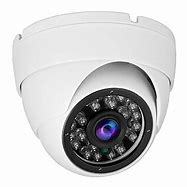
Simplicity is another major benefit of analog cameras. They are fairly easy to run, as are DVRs. Additionally, technology for analog cameras has evolved. “High definition (HD) analog has tremendously increased the picture quality and the resolution. You can get four and five-megapixel cameras that are HD analog, and that’s impressive,” says Tim Sutton, director of security at GHG Management,
The benefits of IP video surveillance systems and NVRs
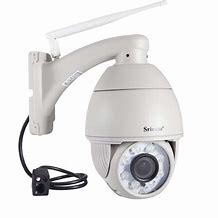
IP video surveillance system use an IP network, rather than cabling setups, as the conduit for delivering information. They send data over the internet or local area network to a network video recorder (NVR). This happens through Power over Ethernet (POE)—a device with multiple ethernet ports that provides power and communication to IP cameras.
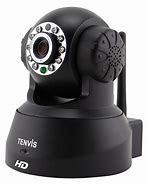
At a basic level, NVR is a software program that records your video footage in a digital format like a hard drive, USB, or storage device. This means you don’t need a complex, boxy setup with multiple ports. You can run an NVR on a device that’s capable of running the program. Additionally, you can view the footage remotely using a computer or in some cases, other devices.
IP cameras offer a wealth of benefits. First, these types of cameras can provide better image qualities than their analog counterparts. How? They have features like progressive scanning and megapixel sensoring. You can get cameras with different resolutions and aspect ratios customized to your needs. A single IP camera can cover an area that several analog surveillance cameras can.
Email us on:
contact us on:
Landline no:+911353558143
Mobile no:
+919808724448
Facebook id:
Linkedin id:
Website:
For any camera installation please contact us :

